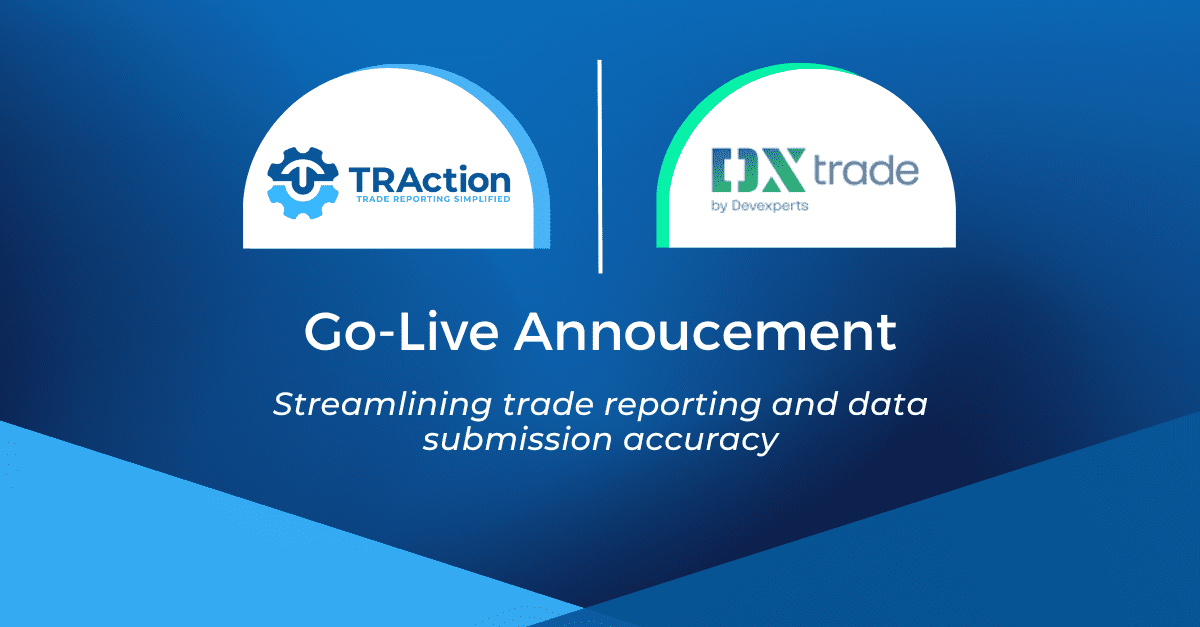Historically, crypto-assets, as opposed to other financial instruments, have been more difficult to identify given their complexities and intricacies. To date, they been given general short-names. For example:
- bitcoin is called BTC or XBT, and
- Ethereum Ether referred to as Ξ, Ether or ETH
Non-uniformity of such names, has made the process of identifying such assets duplicative and inefficient.
What is a DTI?
The Digital Token Identifier (DTI) as defined in ISO 24165 standard (ISO DTI Standard), goes beyond the UPI and ISIN – as they are used to identify specific types of crypto assets or digital tokens. The ISO DTI Standard supports regulators and market participants by providing greater transparency, thus mitigating and reducing risk.
The scope of DTI use includes fungible assets using distributed ledger technology. DTIs can be assigned to security tokens, asset-backed tokens and cryptocurrencies/crypto-assets and are maintained and issued by the Digital Token Identifier Foundation (DTIF) (discussed below).
The DTI consists of 9 alphanumeric characters where the first 8 characters are the base number. The base number is 8 characters (randomly generated) excluding vowels and the letter ‘Y’ (noting, the first character can never be ‘zero’). The last character of the DTI is the check character. Once issued, the DTI cannot be amended or re-used. If a request for it to be withdrawn is made, it will be marked as deleted in the DTIF registry and not used again.
DTI creation
To simplify the process of identifying crypto-assets, ANNA-DSB has adopted the identifiers issued by the DTIF.
Crypto-assets that fall within EMIR’s scope have been required to have a UPI since the commencement of EMIR Refit – 29 April 2024. To generate or retrieve a UPI for a crypto based OTC derivative requires selecting one of the Crypto DTIs as an underlier.
Other DTI uses
DTIF has recently announced that it aims to work together with ANNA-DSB to integrate DTIs and ISINs into reporting tools for reporting requirements under the European regulations, the EU’s Markets in Crypto-Assets (MiCA) Regulation and EMIR.
In July 2024, ESMA published its second final report and technical standards stating that the key crypto-asset identifier to be used for compliance with MICA will be the DTI.
Whilst ESMA was one of the first regulators to embed the ISO DTI Standard into its framework, the DTIF has also stated that they aim for the DTI to also be used across other G20 jurisdictions e.g. UK, Australian and Singapore towards the end of 2024 and Japan in 2025.
Where DTIs do not exist
ANNA-DSB advises that if the token / DTI you would like to use is not supported, you can employ ‘OTHER’ as a value (for the instrument’s underlier). The Commodity Reference Price (CRP) enumeration guide discusses the selection criteria wherein the DSB will add or make a token available: Commodity Reference Price – DSB. This means that they will only create a DTI on the following criteria applying to the relevant token:
- Referential token – it is not a security token i.e. one that possesses traits of a security e.g. bond or exchange traded fund.
- Ledger based token – it is recorded on a ledger or blockchain.
- Market capitalisation – this needs to be greater than $500 million (which is measured on Price x Tradable quantity on coin market cap).
- Liquid ledger – it is recorded on a ledger where the native token also within the selected group.
Where there are no DTIs available, and ‘other’ is used as the underlier, commonly the case for crypto CFD providers with market capitalisation of less than $500m, it results in two different crypto CFD products having the same identifier / DTI. This ultimately negates the ‘uniqueness’ of the product. Where regulators do raise questions on this issue, clients should refer them to the ANNA-DSB guide and selection criteria as mentioned above.
Examples of common DTIs
DTIF announced that the total number of DTIs given to commonly traded crypto assets was 2,554 (as at September 2024) and is adding more codes each day.
See below the DTIs for the most popular crypto assets (most of which are for native digital tokens) which we have extracted from ANNA-DSB’s DTI Mapping Register:
| Crypto-asset | DTI Type | DTI |
|---|---|---|
| Bitcoin | Native Digital Token | 4H95J0R2X |
| Ripple XRP | Native Digital Token | L6GTZC9G4 |
| Ethereum Ether | Native Digital Token | X9J9K872S |
| Binance Coin | Auxiliary Digital Token | 8N2VXJKB1 |
| Tether | Auxiliary Digital Token | G5CRQL6GL |
| BNB | Native Digital Token | T4FV9055Q |
| USD Coin | Auxiliary Digital Token | ZNWVNRMHK |
| Dogecoin | Native Digital Token | 820B7G1NL |
| Solana | Native Digital Token | 20J63Z4N3 |
How can TRAction assist?
If you need assistance on more information on DTIs, UPIs and ISINs, and determining whether your crypto-trading is subject to any of the EU, UK, Australian and Singapore regulations, get in touch with us.




